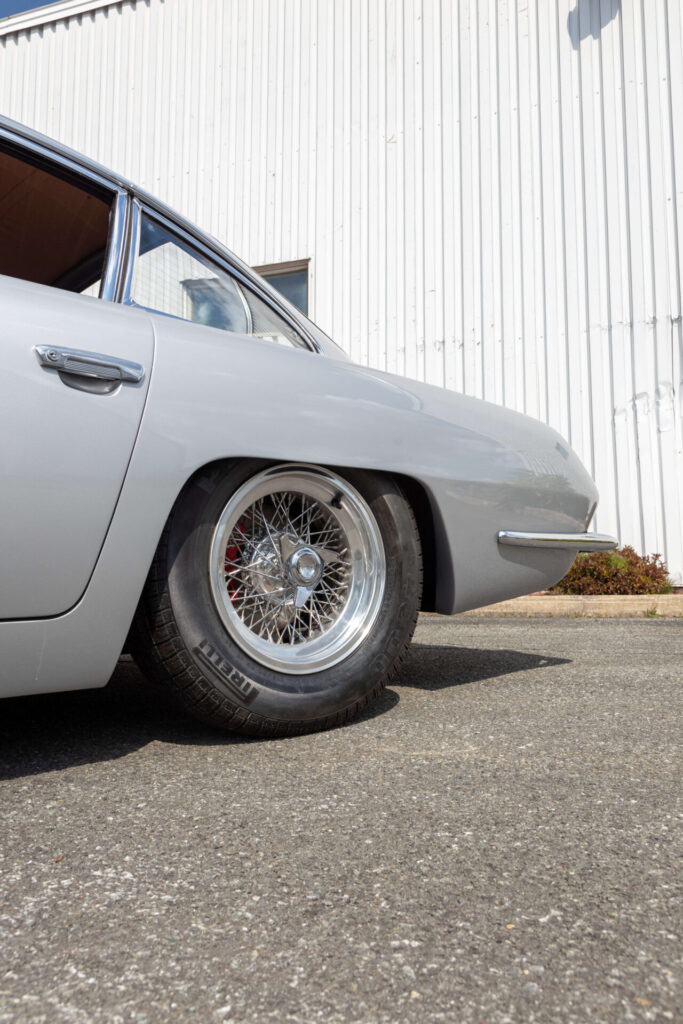The Automotive Dream “One man and his dream had not simply left the world with an engine and four wheels; Henry Ford and his Model T had influenced people's everyday lives - where they lived, how they spent their leisure time, even how they viewed themselves.” - Gary...
Tires
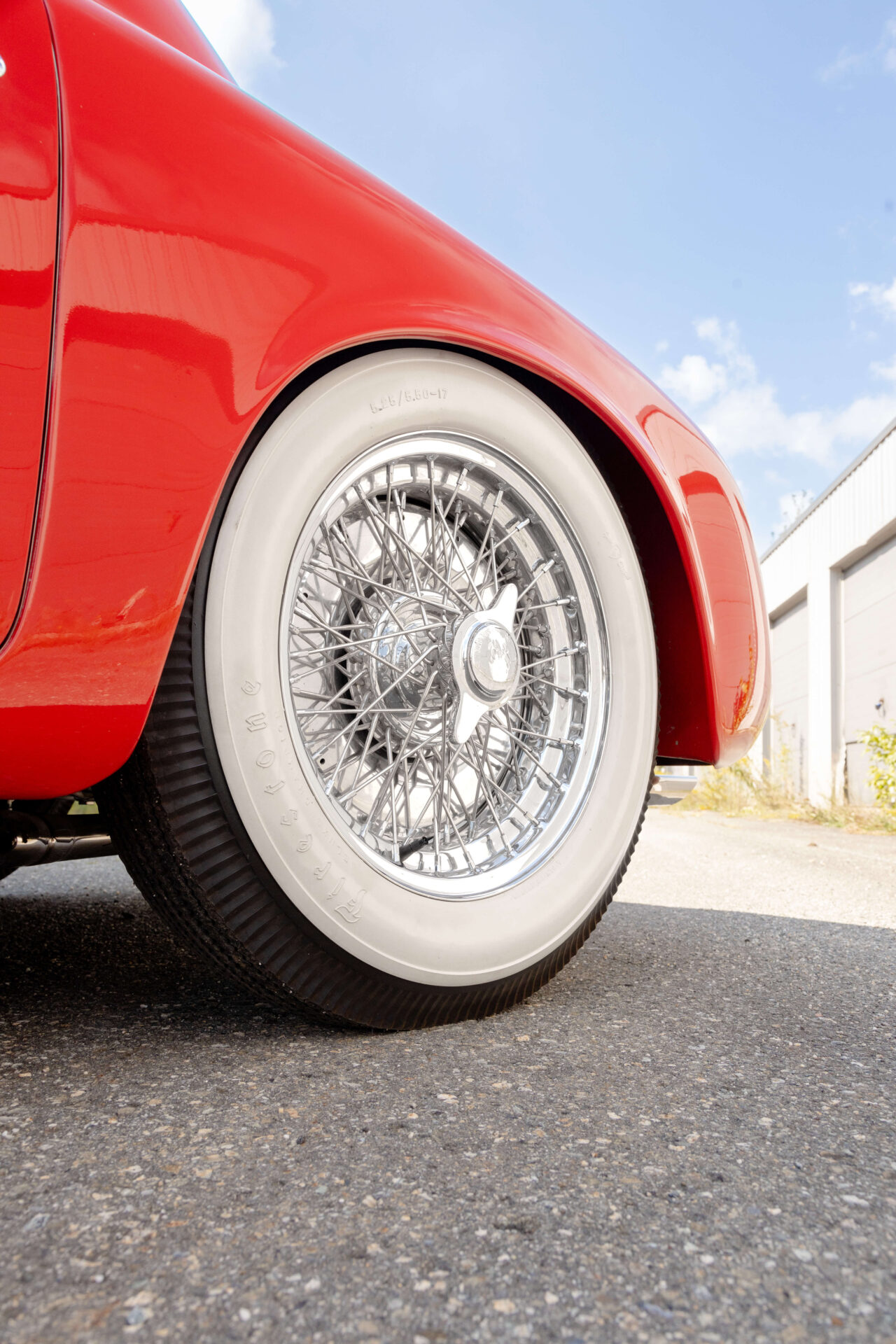
Photo credit: Good Vision Prod
Recent posts
Lagonda 16/80 Special Six 1933
English Touring The car we present to you this week is the Lagonda 16/80 Special Six in the Demers Car Collection. Lagonda was a luxury British car brand that Aston Martin eventually absorbed. Through its association with Aston Martin, it is sometimes hard to remember...
An Introduction to Lagonda
Before Aston Martin “The history of Lagonda cars is synonymous with sophistication, opulence, and groundbreaking performance” - An article for Discovery UK Today, we may recognize the name Lagonda from its association with Aston Martin. Before these two brands...
Cadillac Model A 1903
The Standard of the World “No other American car on the market in the first decade of the century was constructed to higher standards than Cadillac.” - Stephen W. Sears in The Automobile in America Some of you may know that Cadillac has long had the slogan “Standard...
When Changing a Flat is Better than Changing the Whole Wheel
“Until the twenties the flat tire remained the heaviest cross motorists had to bear.” – Stephen W. Sears
With the mastery of fire, the invention of the wheel is one of the most revolutionary inventions. The wheel greatly influenced technological progress. The first records of its use back to 3,500 BC, and without the wheel, cars wouldn’t exist. By the time the first automobile rolled around in the 1880s, the wheel was already taken for granted, but the tire wasn’t. This blog post briefly relates the history of the invention of the tire, from leather strips to sophisticated pneumatic tires.
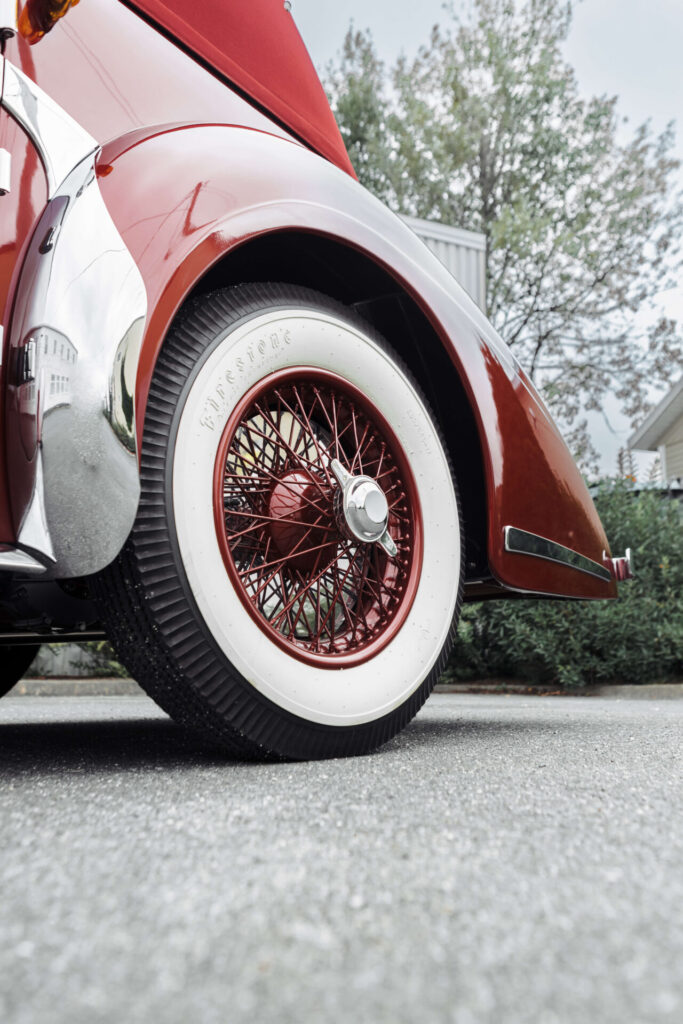
Why Tires?
Wheels greatly facilitate the transportation of heavy things and improve speed. Because of their direct contact with the ground, they are subject to important wear and tear. Before the advent of tires, any damage to the wheel would mean having to replace the whole thing. No matter what century you live in, or whether the wheel is made of wood or metal, this is an expensive and frustrating task. The addition of a changeable, protective, and cheaper cover layer that would absorb and endure possible damage decreases the chances of needing to replace the whole wheel. This describes the concept of tires. The idea of covering the wheel with a protective layer predates the automotive industry. As early as the 1300s, leather was used to protect wheels and make rides smoother. Eventually, rubber replaced leather.
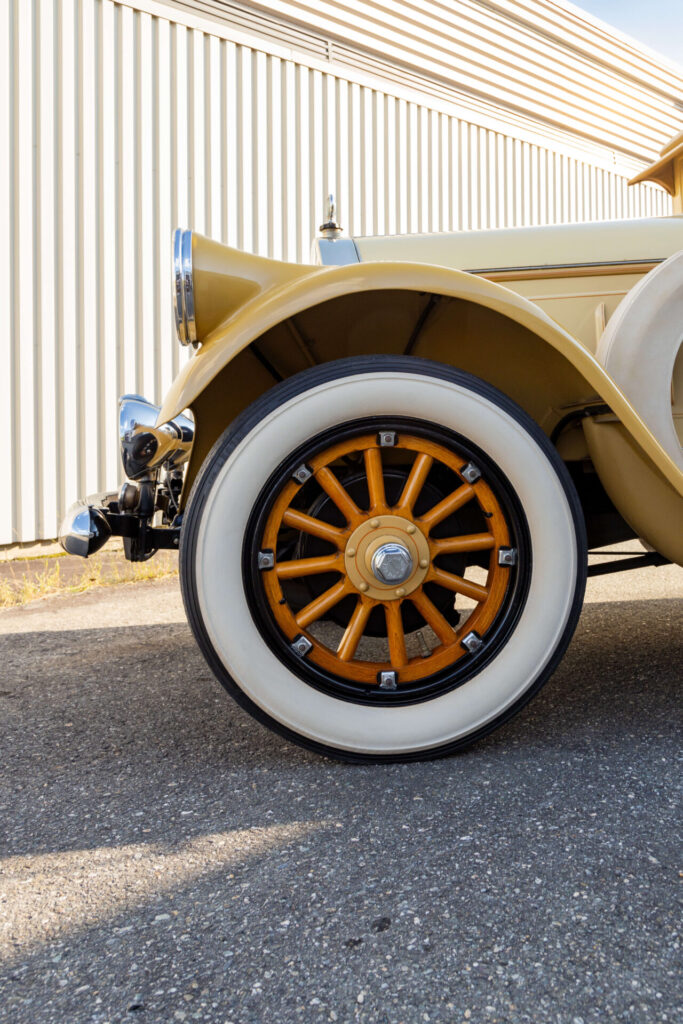
Vulcanization
A game changer in the tire business (and other industries) was the discovery of vulcanization. Charles Goodyear invented the process in 1839 and patented it in 1844. It consists of heating natural rubber with sulfur to make it more robust. Rubber is a natural substance that comes from the rubber tree. It is sticky and reacts to temperature changes: soft in warm weather, it becomes brittle in the cold. Vulcanization also allows the rubber to be more durable and resistant to some bending and damage. The resulting substance is water-proof and winter-proof while preserving its elasticity. Vulcanized rubber would come to greatly benefit the automotive industry as its properties are fit for the making of tires.
(To note, Frank and Charles Seiberling founded the tire manufacturer Goodyear in 1898. The company first produced carriage and bicycle tires, horseshoe pads, rubber sundries and rubber tubes for pharmaceutical bottles before making tires. The Seiberling brothers named the company in honor of the father of vulcanization.)
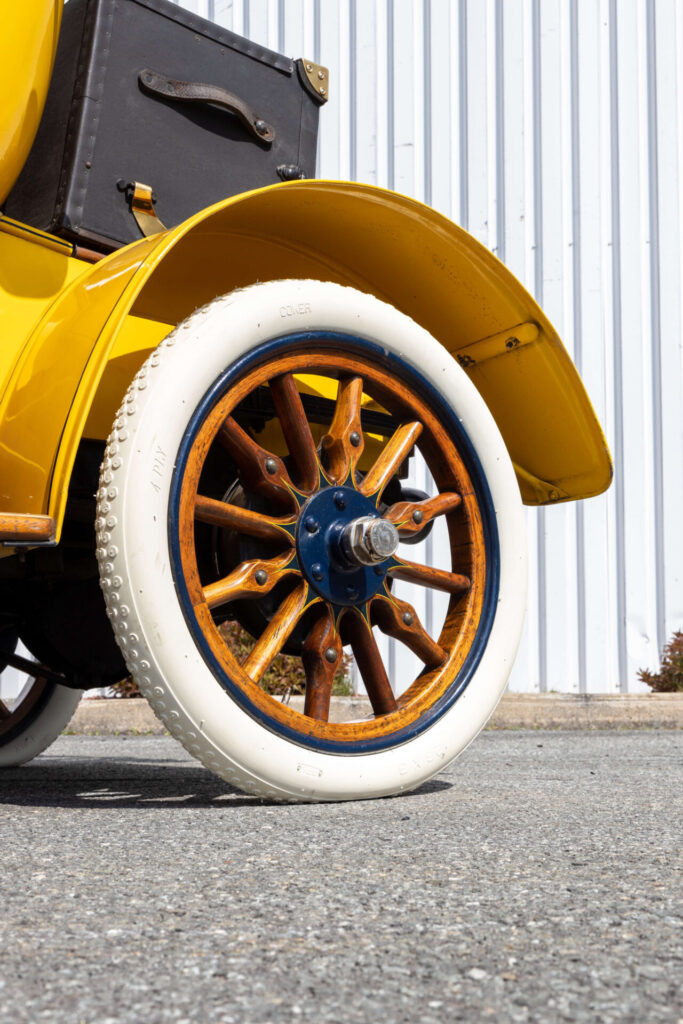
Before There Were Pneumatic Tires
When we think of a tire today, we get a clear picture in our head, but early tires lacked one important common feature: air. Early tires were made of solid rubber. Mounted on slower vehicles, hard rubber tires had the advantage of protecting the wood or metal of the wheel from the abrasions of the road. For example, the Schacht in the Demers Car Collection has wooden wheels covered in hard rubber. Appearing impractical to us today, the 1909 Schacht’s solid high-wheels were much appreciated on the unpaved rural American roads of the era. Although covering wheels with solid rubber offered a marked advantage over not protecting the wheel at all, it still resulted in a bumpy ride and solid rubber tires were extremely heavy.
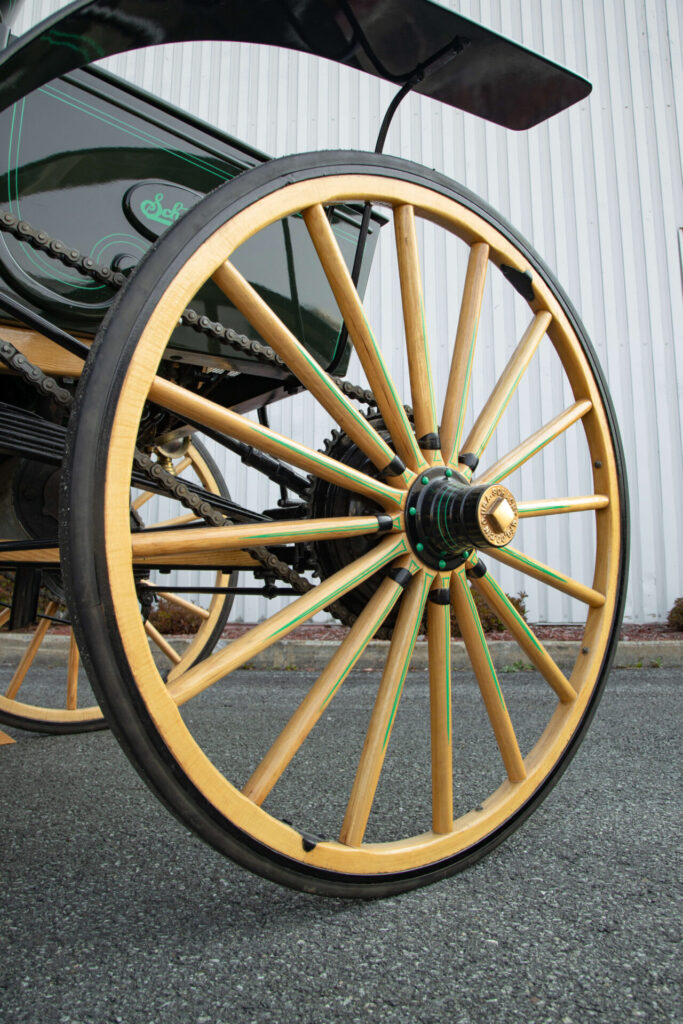
What’s a Pneumatic Tire?
A “pneumatic tire” is a rubber tire inflated by compressed air. It is what we think of when we think of a tire today. We credit Scottish man Robert Wiliam Thomson with the invention of the concept of pneumatic tires. In his 1847 design, leather and vulcanized rubber encapsulate a series of thin tubes. Developed to improve the comfort of horse-drawn carriages, Thomson’s design greatly improved traction and decreased vibration. Alas, Thomson was ahead of its time, rubber was too expensive and this design did not catch on. It would take a few more decades before the adoption of pneumatic tires.
The recognized inventor of a commercially viable pneumatic tire is John Boyd Dunlop who patented his invention in 1888. With bicycles’ rise in popularity, Dunlop’s tires were a commercial success as they improved performance and comfort. His company soon made tires for automobiles and is still manufacturing them to this day.
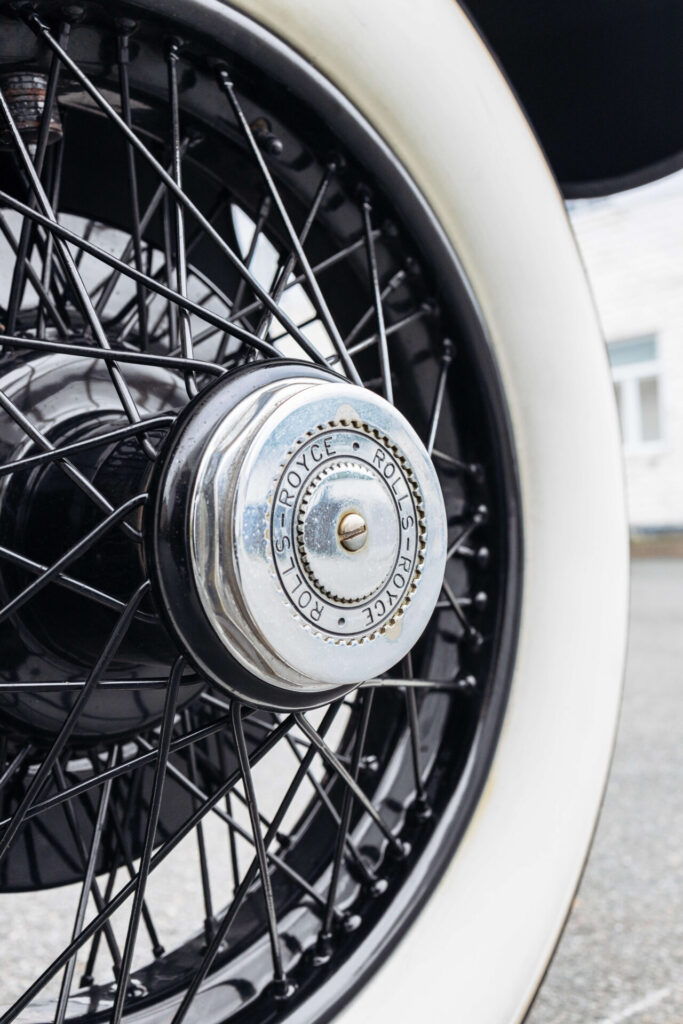
Pneumatic Tires: A Luxury
From then on, pneumatic tires gradually improved in quality. Interestingly, Edouard Michelin (another company still well and alive today), patented removable tires for bicycles in 1891. The Michelin tires became noteworthy the same year when a bicycle fitted with them won the Paris-Brest-Paris race. Shortly after, the Michelin brothers equipped a Peugeot car with their removable pneumatic tires to partake in the Paris-Bordeaux-Paris race. While numerous flats slowed down the Peugeot, the car did arrive at its destination. Tires still had a long way to go to become reliable.
In 1904, Continental Tires introduced the first threaded tires, introduced by. The year 1931 saw the introduction of synthetic rubber: as demand for rubber skyrocketed in the Roaring Twenties, a synthetic alternative was developed to keep up with it. The introduction of synthetic rubber also increased the quality of rubber overall. From bias ply tires to steel-belted radial tires, to tubeless radial tires to winter tires and much, much more, we now have the luxury of having an array of reliable pneumatic tires to fit our every need.
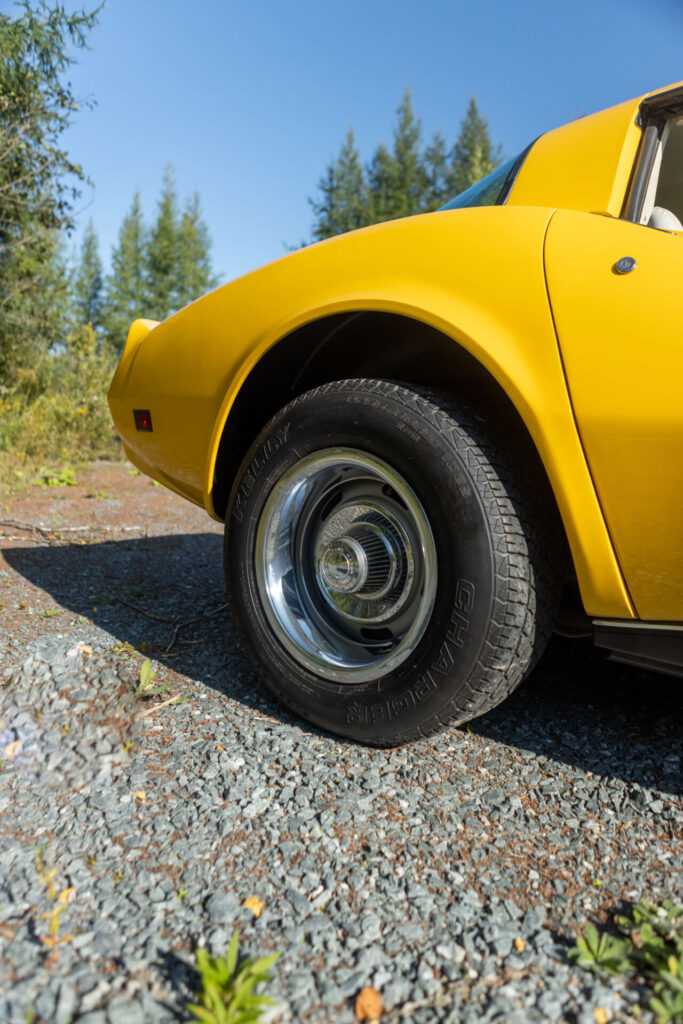
What Now?
The story of the tire doesn’t end here. Innovation isn’t over yet. Many companies, big and small are trying to make tires ever more reliable. New challenges still abound: we need more sustainable and durable tires to fit the ever-growing number of cars on the road. Despite over a century of innovation, we still struggle with flat tires! Some companies are even looking into airless alternatives. Reverting to airless tires could help prevent flats and hopefully reduce waste. Don’t miss next week’s blog article where we introduce you to a vehicle from the Demers Car Collection with some pretty kicks of its own: the Cord L-29.
